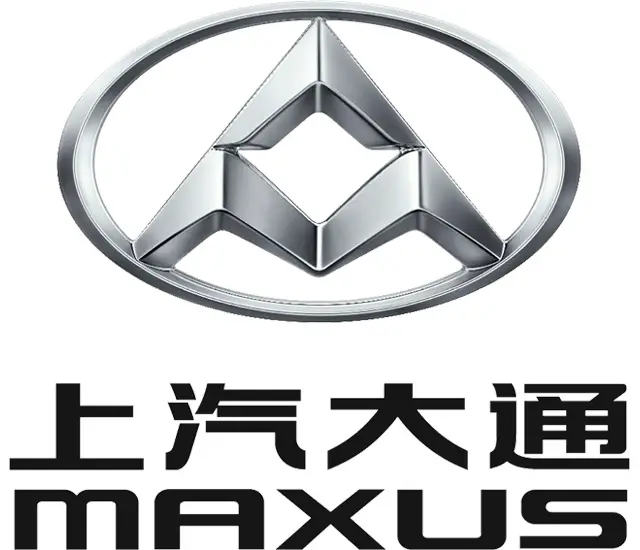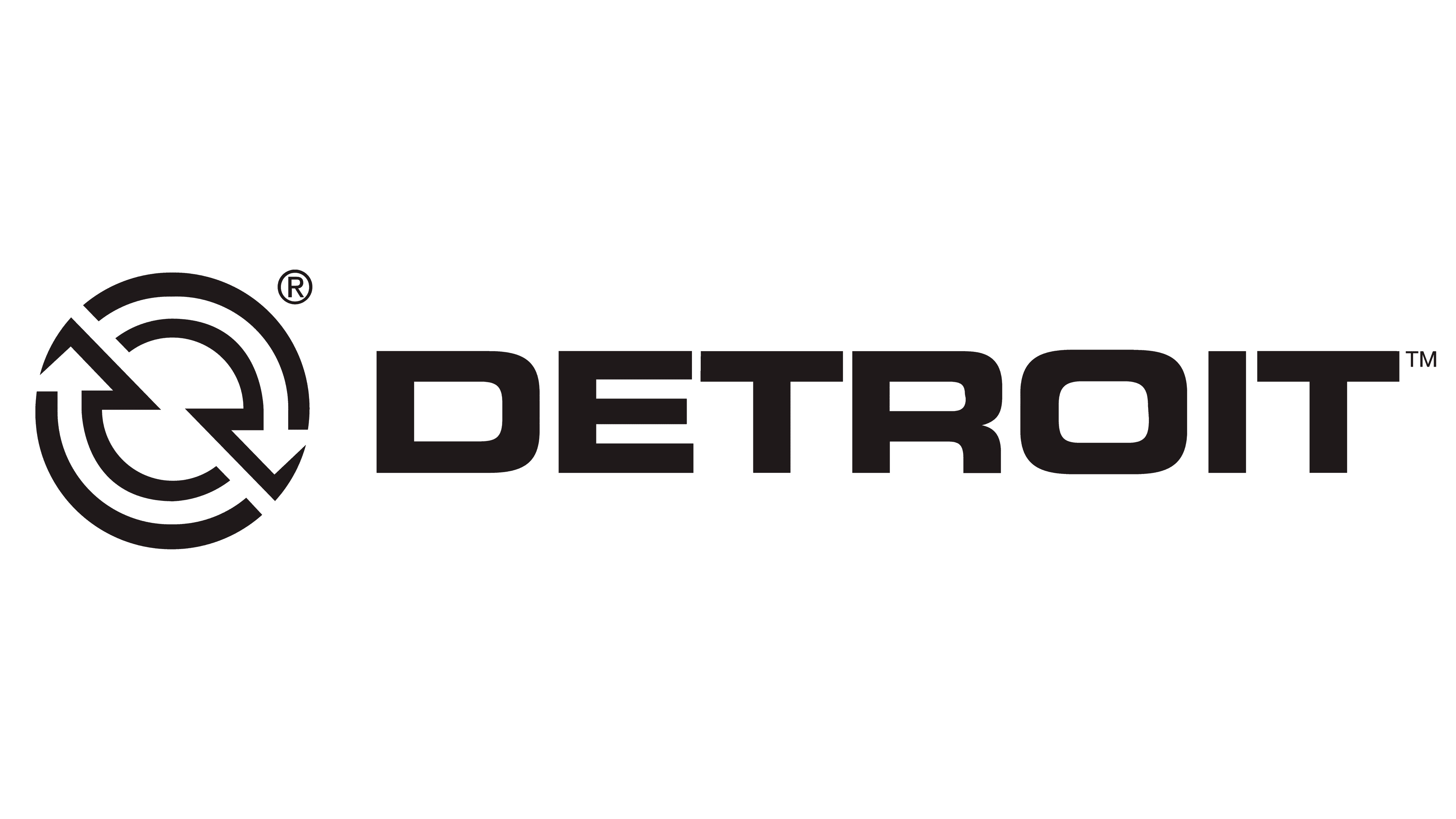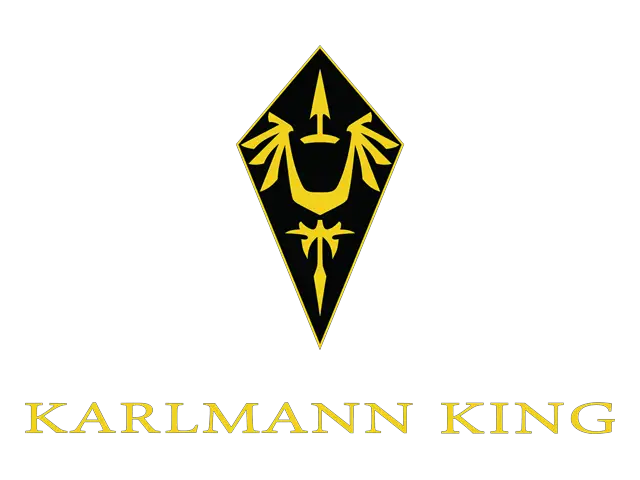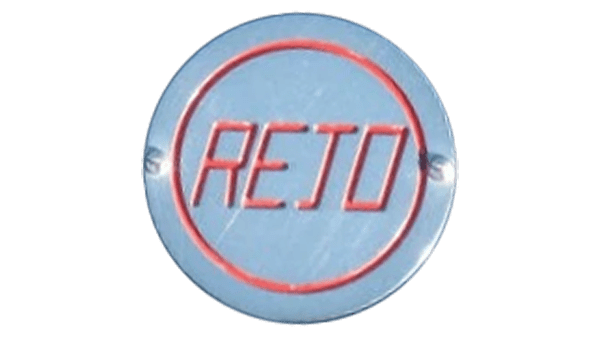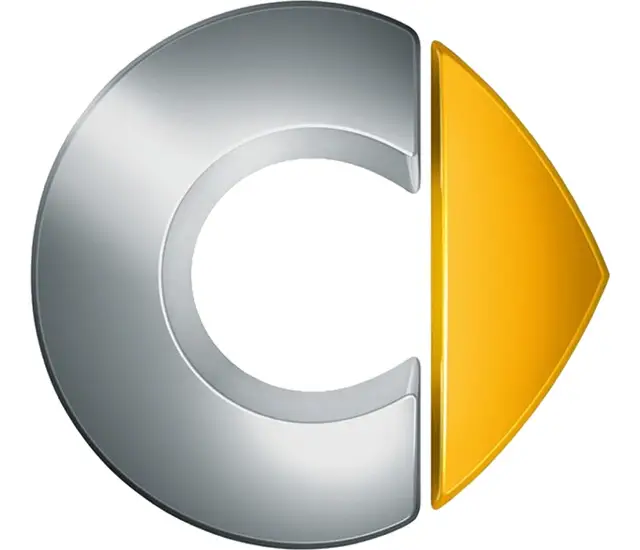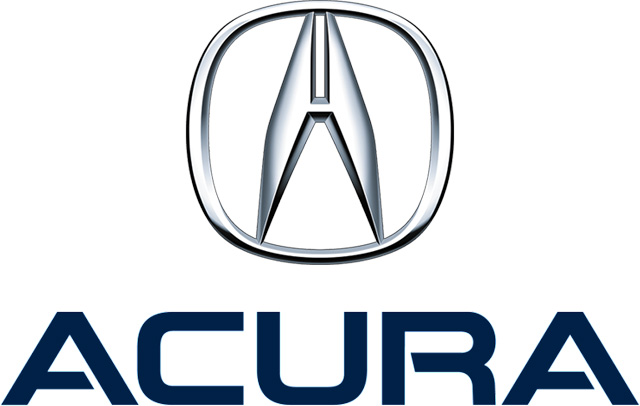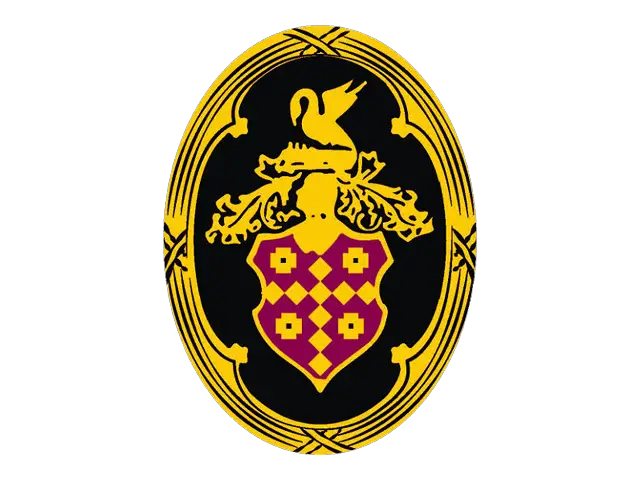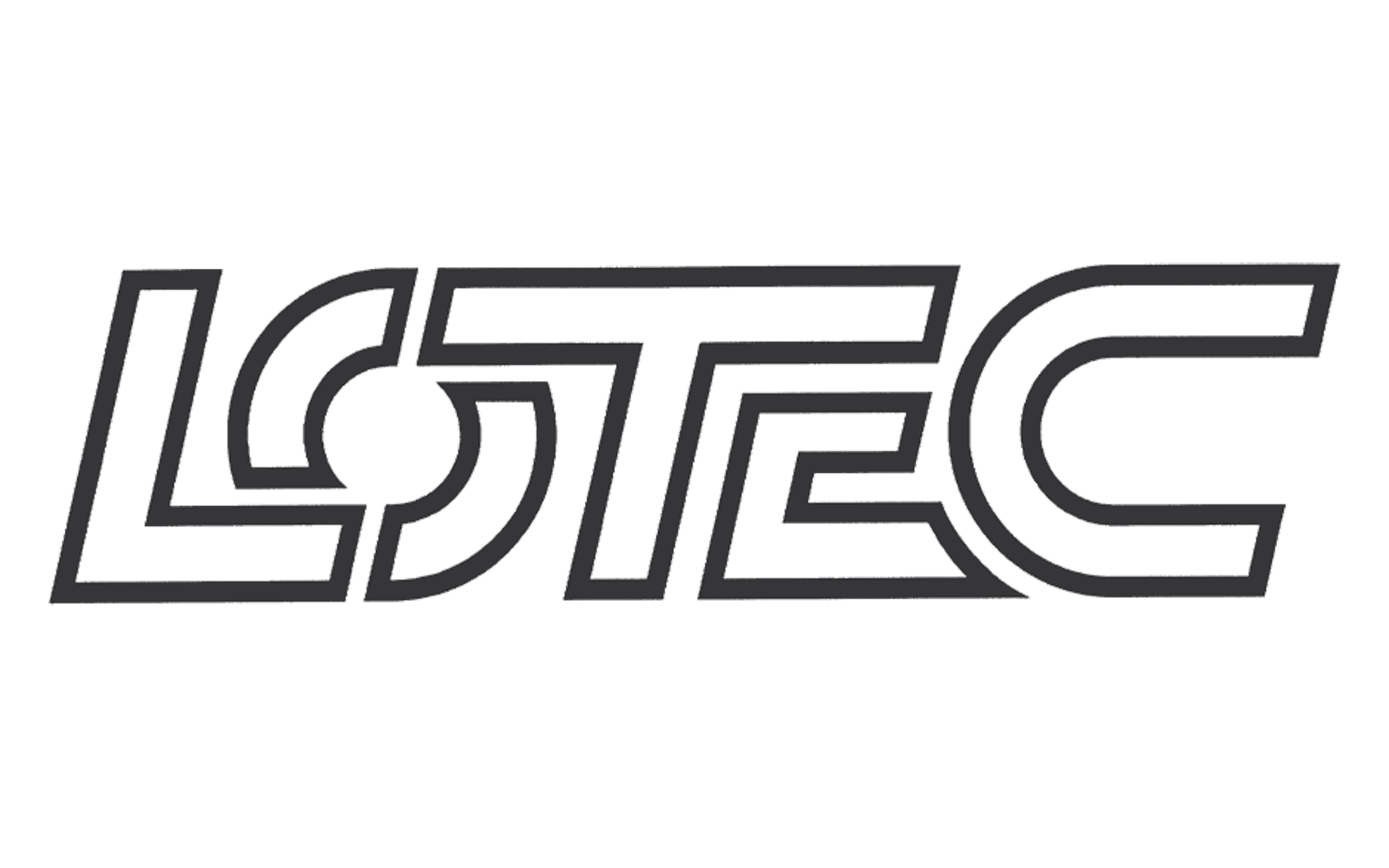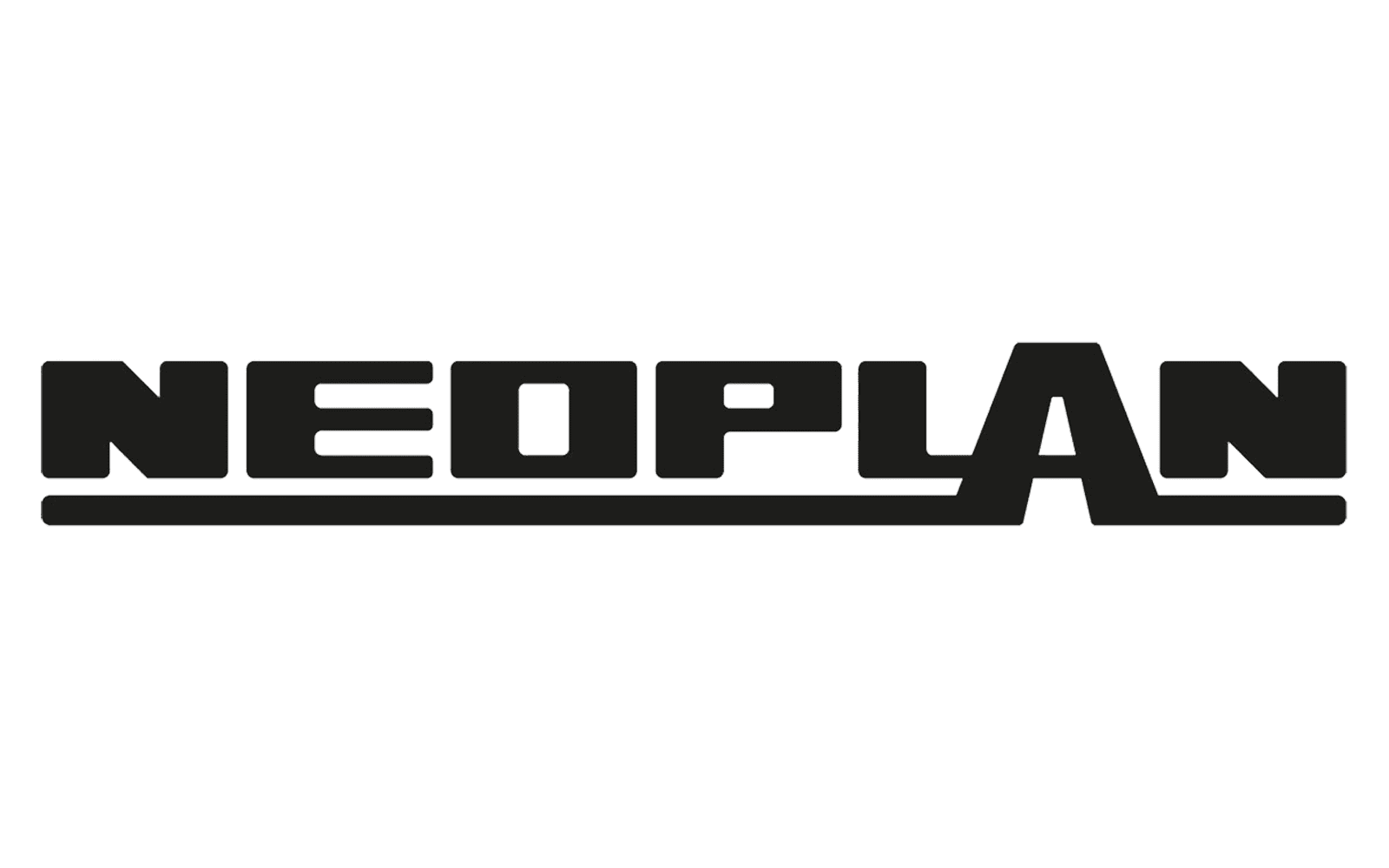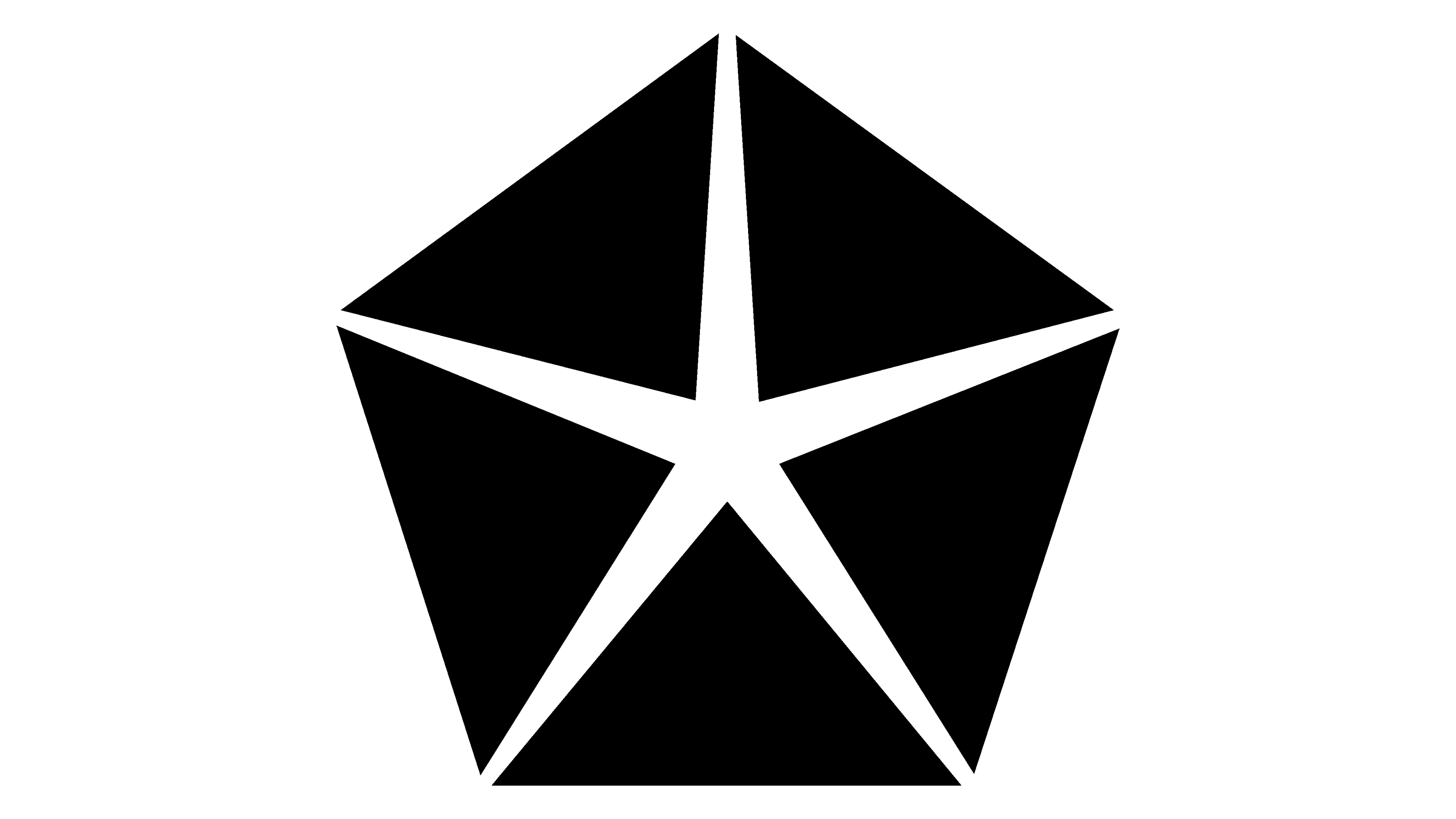triumph Logo - History, Design, and Meaning
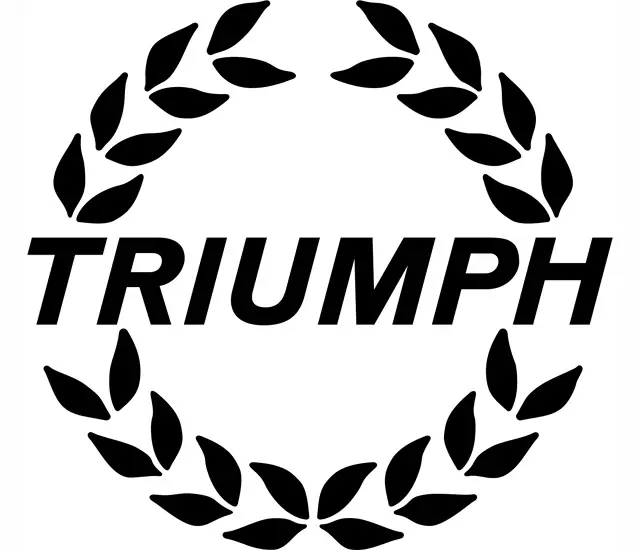
Company Overview
The Triumph Motor Company was a British car and motor manufacturing company. The Triumph marque is currently owned by BMW and has its origins in 1885 when Siegfried Bettmann of Nuremberg formed S. Bettmann & Co. to import and sell bicycles in London. The trade name became 'Triumph' the following year, and in 1887, Bettmann was joined by partner Moritz Schulte. By 1889, they began producing their own bicycles in Coventry, England.
Key Information
- Founded: 1885
- Founder(s): John Bloor
- Headquarters: Coventry, England,
triumph Logo Meaning and History

The brand was named by its founder, Siegfried Bettmann, who spoke three languages; the word 'Triumph' had the same meaning in all three, making it a loud and memorable name.
Triumph is synonymous with classical motorcycle style, accompanied by the highest quality. The brand has had 12 major versions of its logo throughout history, all of which have been elegant and memorable.

The first known Triumph logo was designed in 1902, depicting a crest shape with a crown on top and a bold ornate wordmark. The central part of the logo featured six flags, representing continents.

In 1907, a script logo was created, executed in black cursive lettering with a white outline and a strict all-caps 'Motorcycles' tagline, looking elegant and confident. The wordmark was placed diagonally, with the elongated lower tail of the letter 'h' underlining the entire name.

By 1914, the wordmark was enclosed in an oval frame, and the tagline changed to 'Motors,' executed in a bold cursive font. The color scheme shifted to gray and white, which was softer than the previous logo.

A bright blue crest was designed in 1922, modifying the first Triumph logo with added colors and a refined shape. It featured colors of the British flag, with 'Coventry' added to the bottom part.

In the 1930s, the brand experimented with symbols, including an oval-shaped emblem featuring a globe and a large arched wordmark, accompanied by the motto 'Triumph All Over The World.'
The Triumph visual identity underwent a dramatic change in 1934, creating the basis for today's logo. The new logo was simple yet strong, composed of an all-caps wordmark where the first 'T' was enlarged, and the tail of the 'R' merged into the middle of the 'H.'

This logo, stylish and sophisticated in a monochrome palette, showcased the brand's timelessness and strength.
The wordmark remained, but the typeface was slightly changed, with bolder and shorter lines, resulting in a more balanced and bright appearance. This logo was used until 1990.

The brand's revival was celebrated with a new logo featuring straightened and strengthened lines and a new color palette. The 'Triumph' lettering was executed in calm blue with a white contour, presenting a solid and confident look with symmetry and balanced lines.

In 2002, a 100-year anniversary logo was designed, featuring an ornate emblem with two flags—the U.K. flag on the left and a checkered race flag on the right. This design was colorful and eye-catching.
The Triumph wordmark was refined in 2005, with bolder and cleaner lines, a deeper blue color, and the removal of contouring. The logo appeared modern and stylish with sleek rounded lines, and the elongated tail of the 'R' resembled a smile.

The new Triumph logo, designed in 2013, features a monochrome palette, a refined wordmark, and a new triangular emblem. The wordmark is executed in a custom sans-serif typeface with smooth, clean lines, and the letter-spacing is more symmetrical, with the first 'T' being the same size as the other letters.
The triangle, standing on its top and featuring rounded angles, incorporates a British flag pattern, celebrating the brand's heritage and energy.

The new Triumph logo was designed in 2013 and features a monochrome palette, a refined wordmark, and a new triangular emblem.
The wordmark is executed in a custom sans-serif typeface with smooth clean lines. The letter-spacing is more symmetrical now and the first “T” is the same size as other letters.
The triangle standing on its top features rounded angles and a British Flag pattern. It is a celebration of the brand's heritage and energy.
